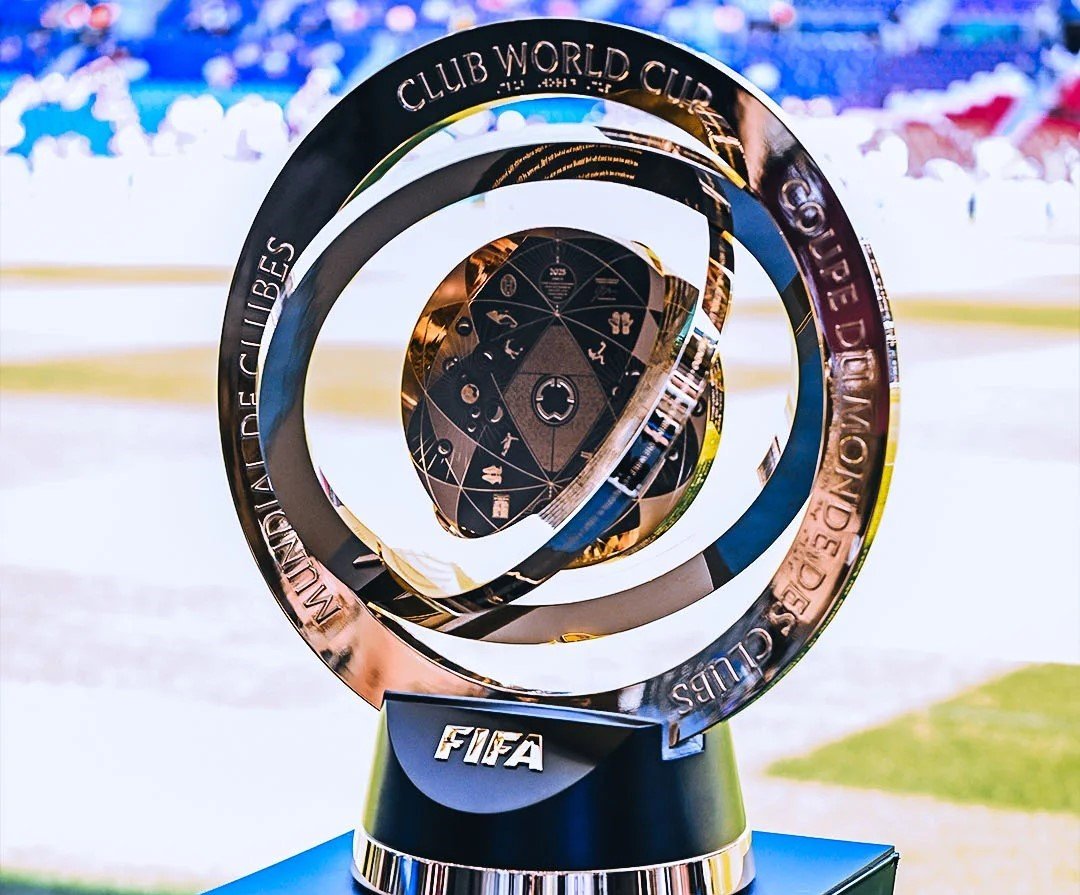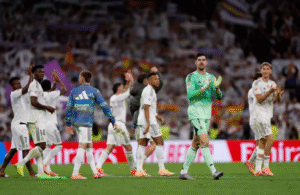Players’ union warns there must be balance between commercial interests and player welfare
Global players’ union FIFPRO has issued fresh warnings about the dangers of extreme heat at the upcoming 2026 FIFA World Cup, and is now considering longer half-time and more frequent cooling breaks to protect players.
Nine of the 16 host cities for next year’s tournament, including Dallas, Houston, Miami, and Philadelphia, are projected to face heat and humidity levels classified as “extreme risk” for heat-related illness. It has led FIFPRO’s medical experts to sound the alarm about putting appropriate systems in place to protect players.
FIFPRO’s Medical Director Vincent Gouttebarge pointed to the limitations of current safeguards: “Cooling breaks at the 30th minute and 75th minutes are quite traditional, but from a physiological point of view it does not make sense.
“Even if you ingest more than 200 millilitres of fluid, you already cannot take it all. So I would definitely like to see some project where we look at the efficacy of perhaps more frequent but shorter cooling breaks – every 15 minutes, rather than only one during each half.”
FIFPRO’s heat assessments are based on the Wet Bulb Globe Temperature (WBGT) index, a system that uses temperature, humidity, solar radiation and wind speed to measure how the environment affects the body’s abilities to cool itself.
According to the union’s guidelines, a WBGT reading above 28°C signals unsafe playing conditions, but FIFA has set its threshold much higher at 32°C. Even so, several U.S. cities are expected to surpass that benchmark during the summer months.
Two matches at the ongoing Club World Cup have already breached the 28°C WBGT safety limit, according to FIFPRO. Despite that, the games proceeded. Gouttebarge said those matches “should have been postponed later that day or rescheduled”.
The union is also examining whether a longer half-time could provide players with more effective recovery time.
“A half-time of 15 minutes might not be enough in order to decrease the core temperature,” said Gouttebarge. “So a lot of research is being done into alternative mitigation strategies and it could be that a half-time of 20 minutes is significant.
“That has been shown in the laboratory and FIFPRO, together with the national union in Portugal in August, we are going to test this kind of mitigation strategy.”
The organisation has been engaging with FIFA, and they have responded with improved pitch-side hydration and lowering the temperature threshold for cooling breaks during the Club World Cup. But FIFPRO’s General Secretary Alex Phillips says more needs to be done.
“We are partially happy because FIFA have been quite responsive once the tournament was under way,” said Phillips. “So they have actually modified how they have been dealing with heat during the matches based on FIFPRO’s input.
“Obviously, it would have been better if that happened in advance, but it’s better that they have adapted.”
With football increasingly commercialised, FIFPRO is fighting to ensure that there is a balance between revenue drive and player welfare.
“This is not just affecting the Club World Cup, but also future tournaments either in the US or elsewhere in the world,” said Alexander Bielefeld, FIFPRO’s Director of Policy and Strategic Relations. “We need a better balance between commercial interests and the health and safety of players.”




